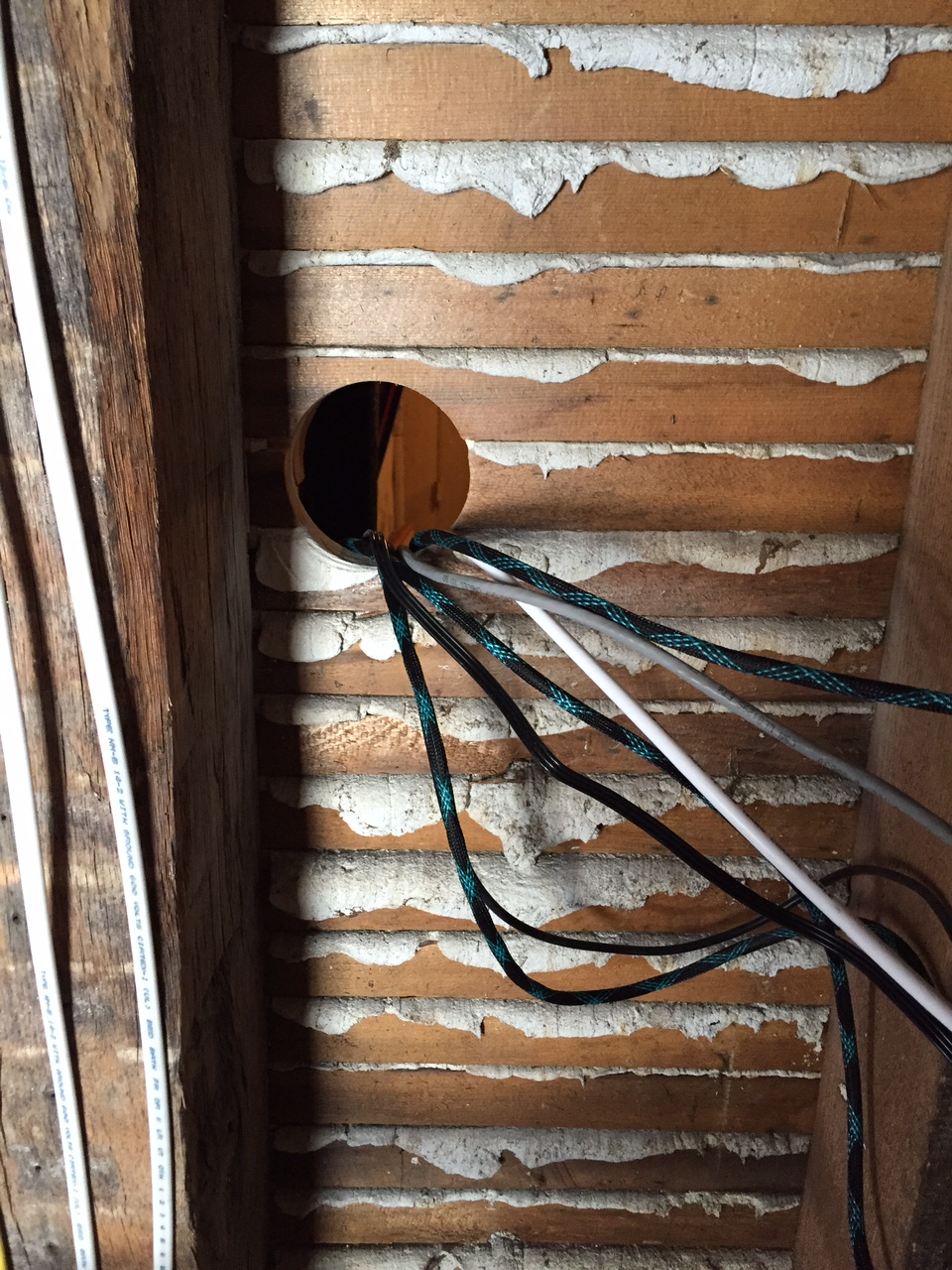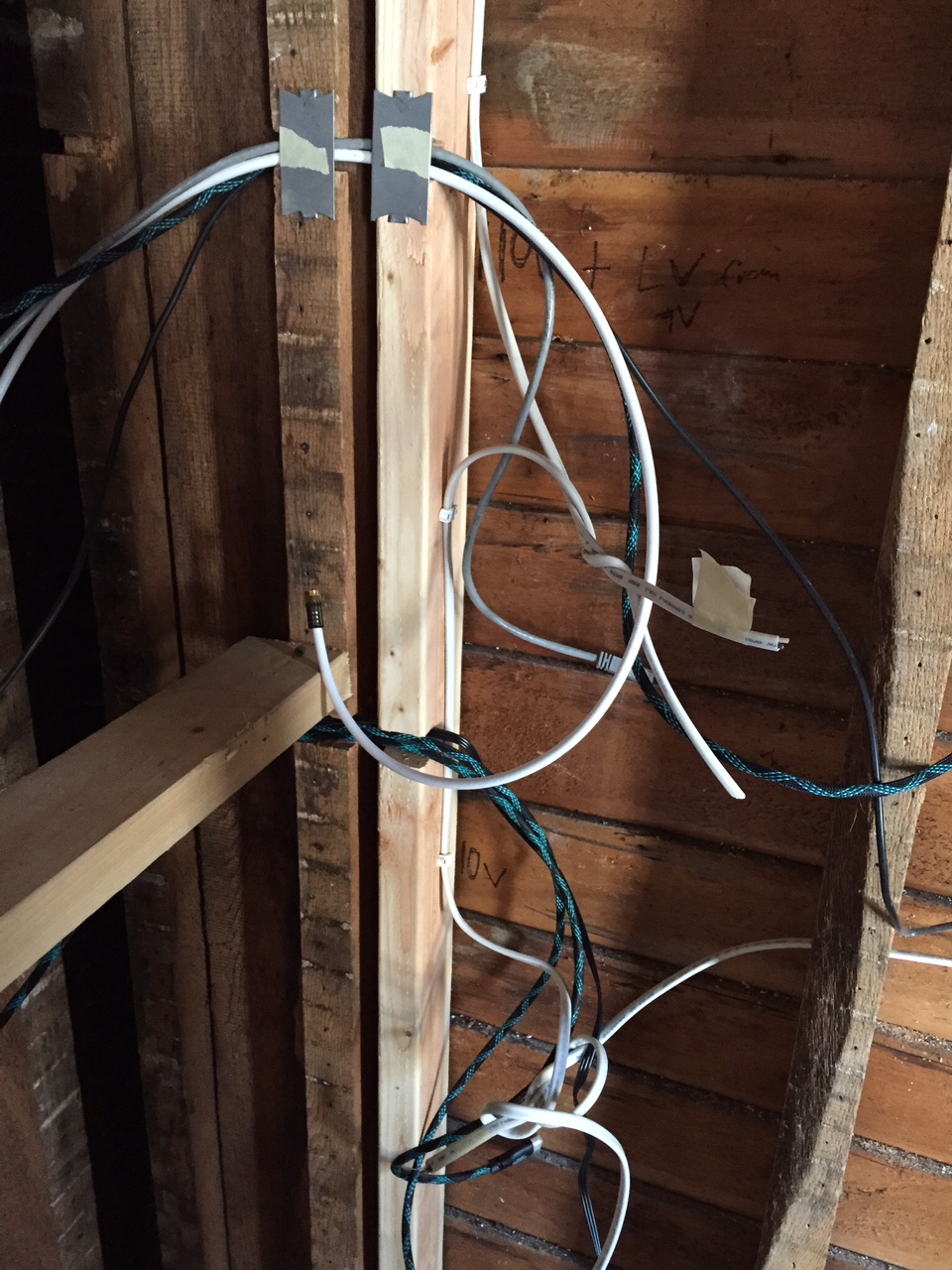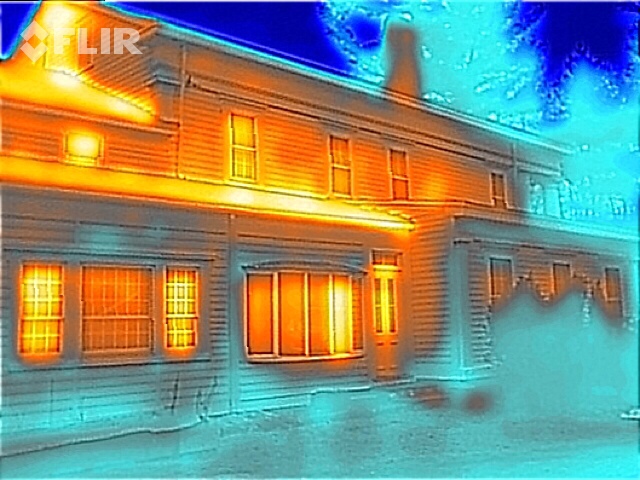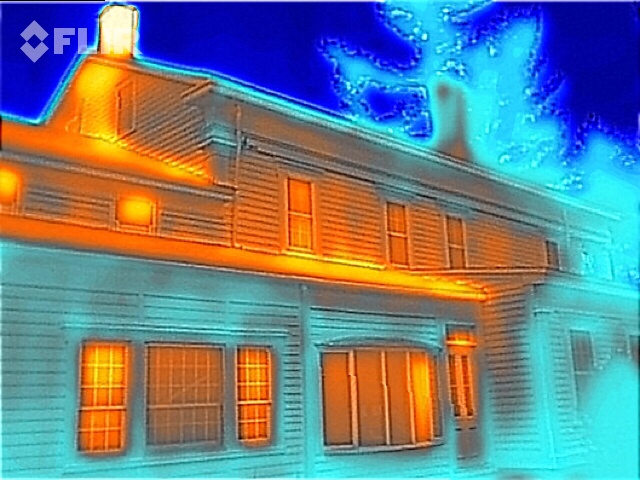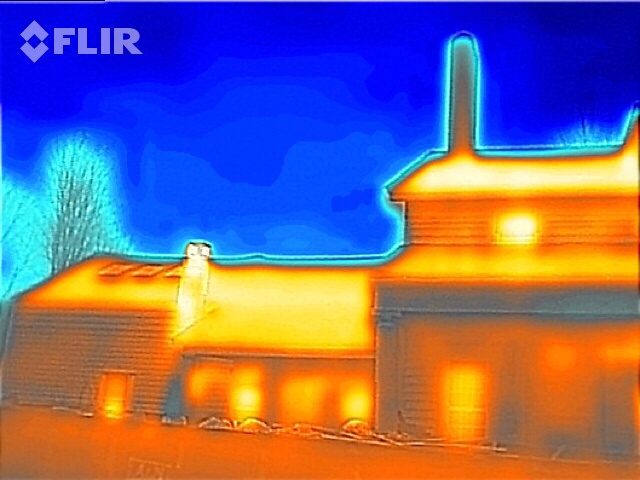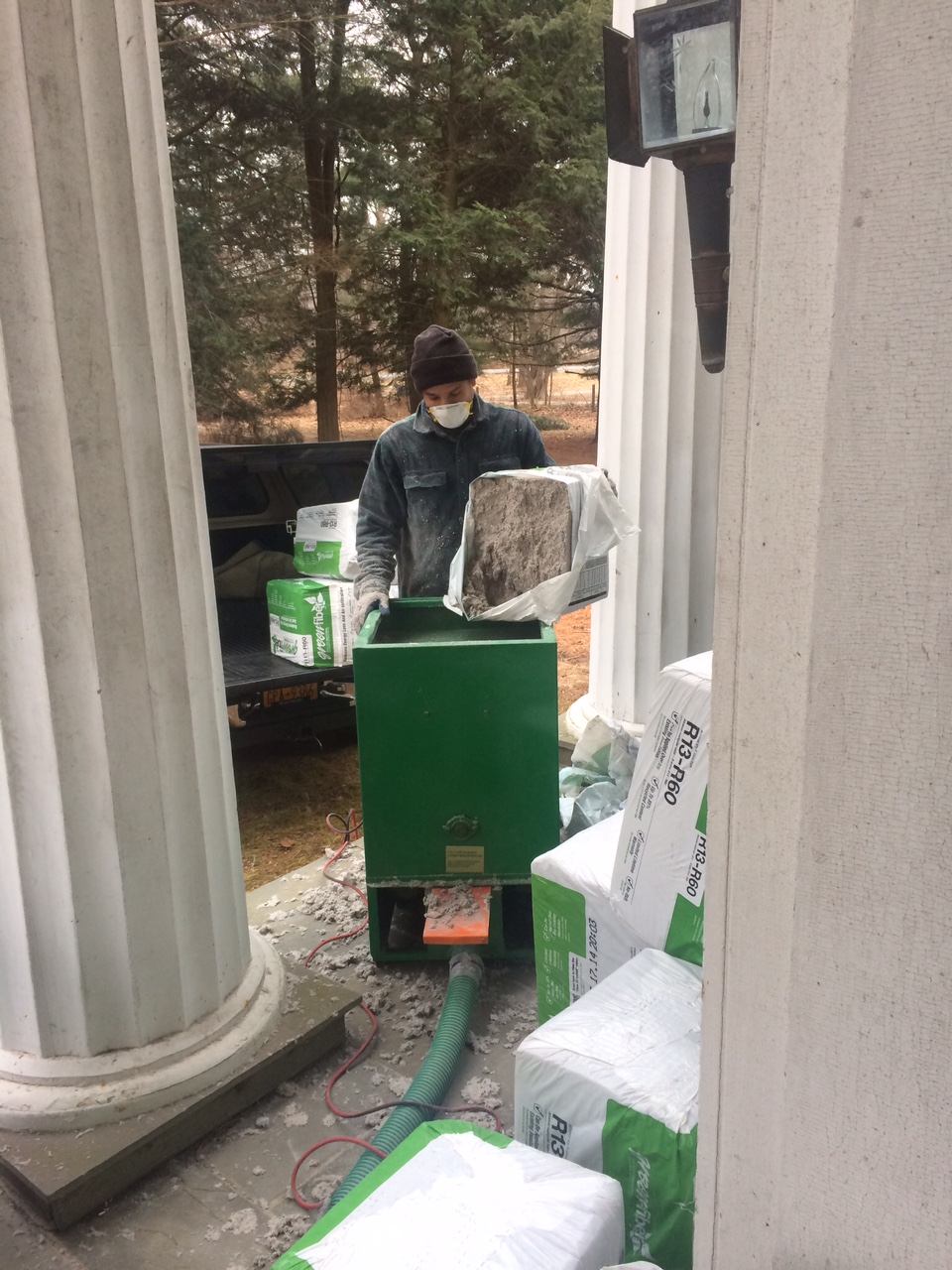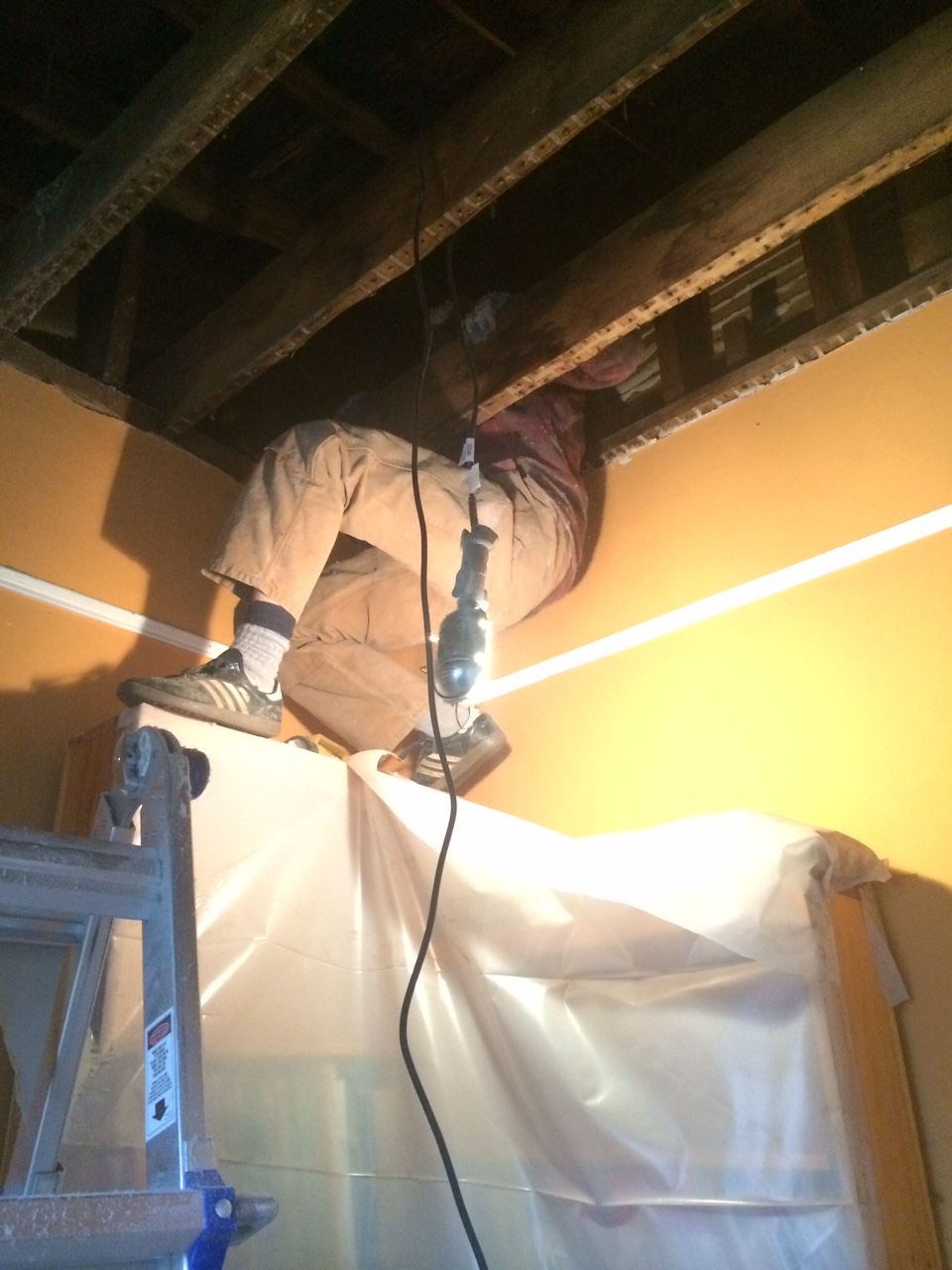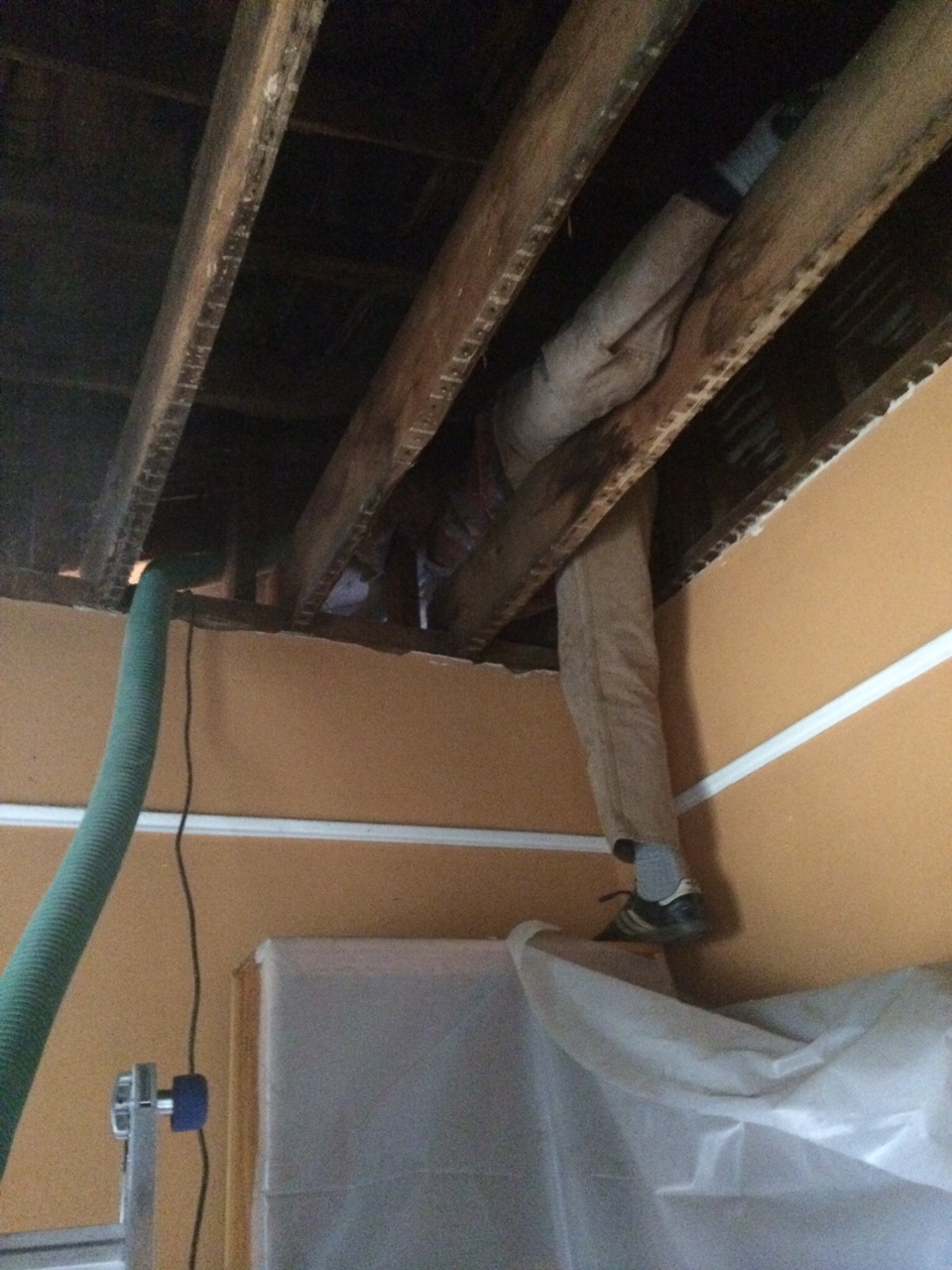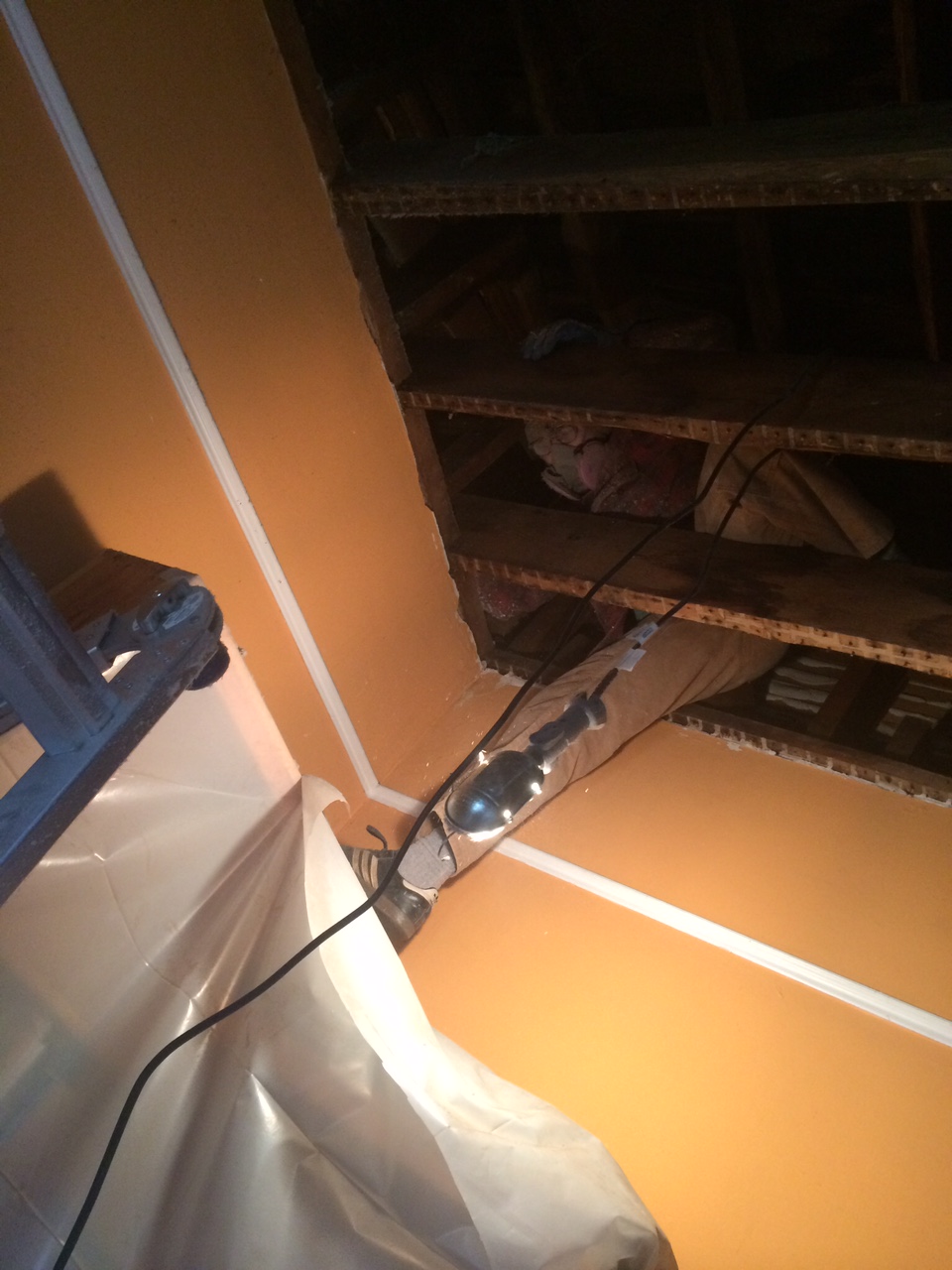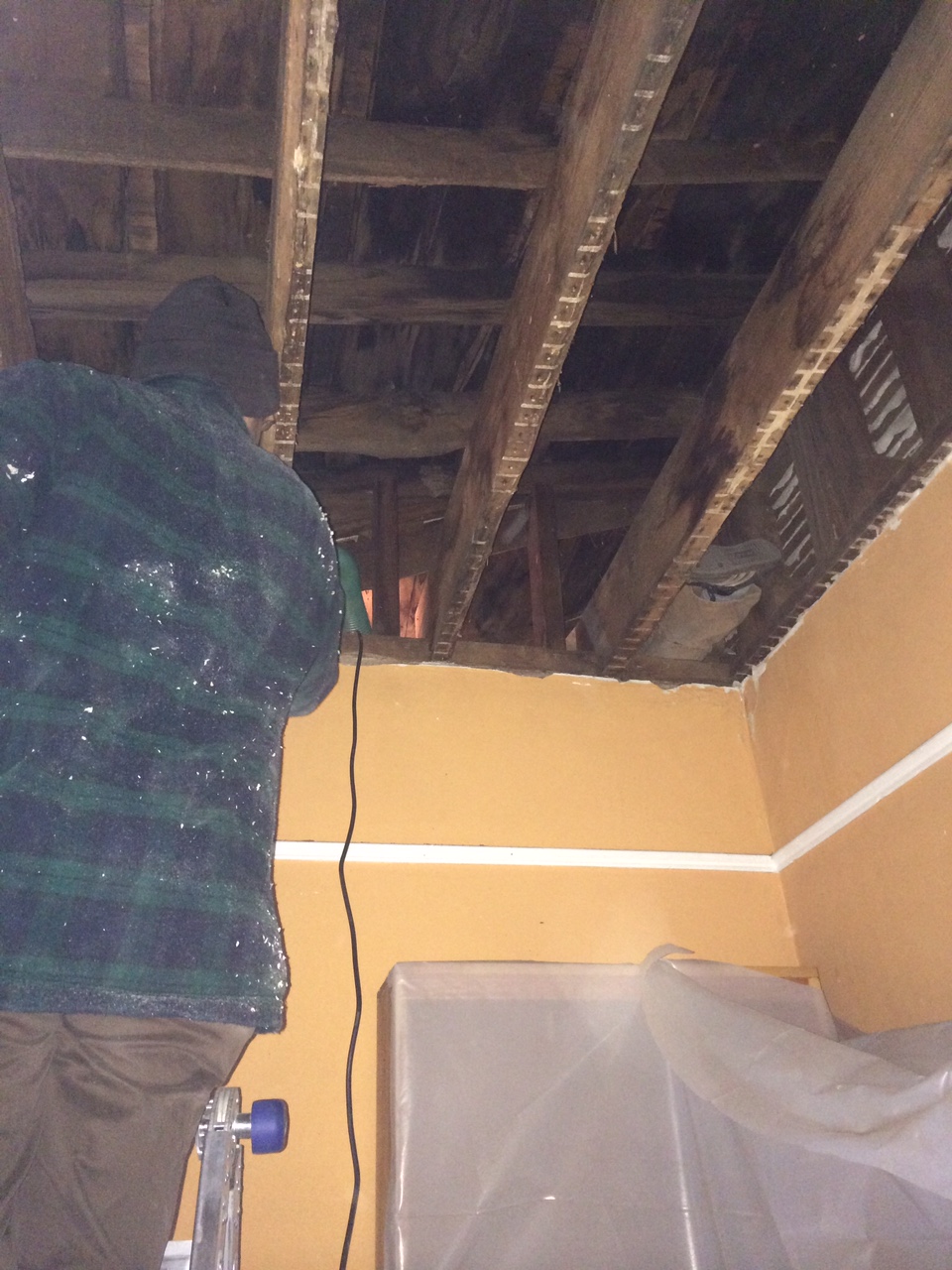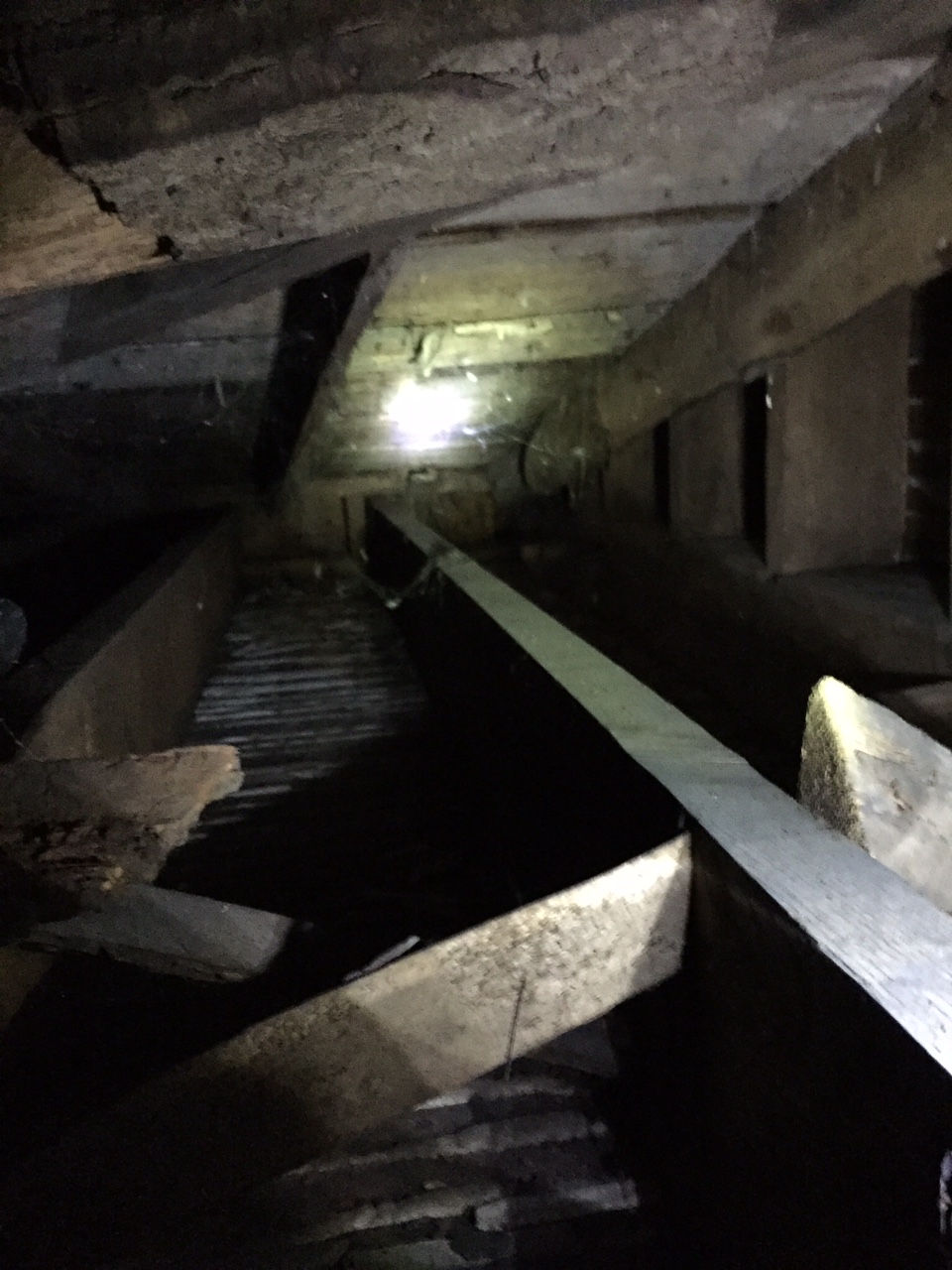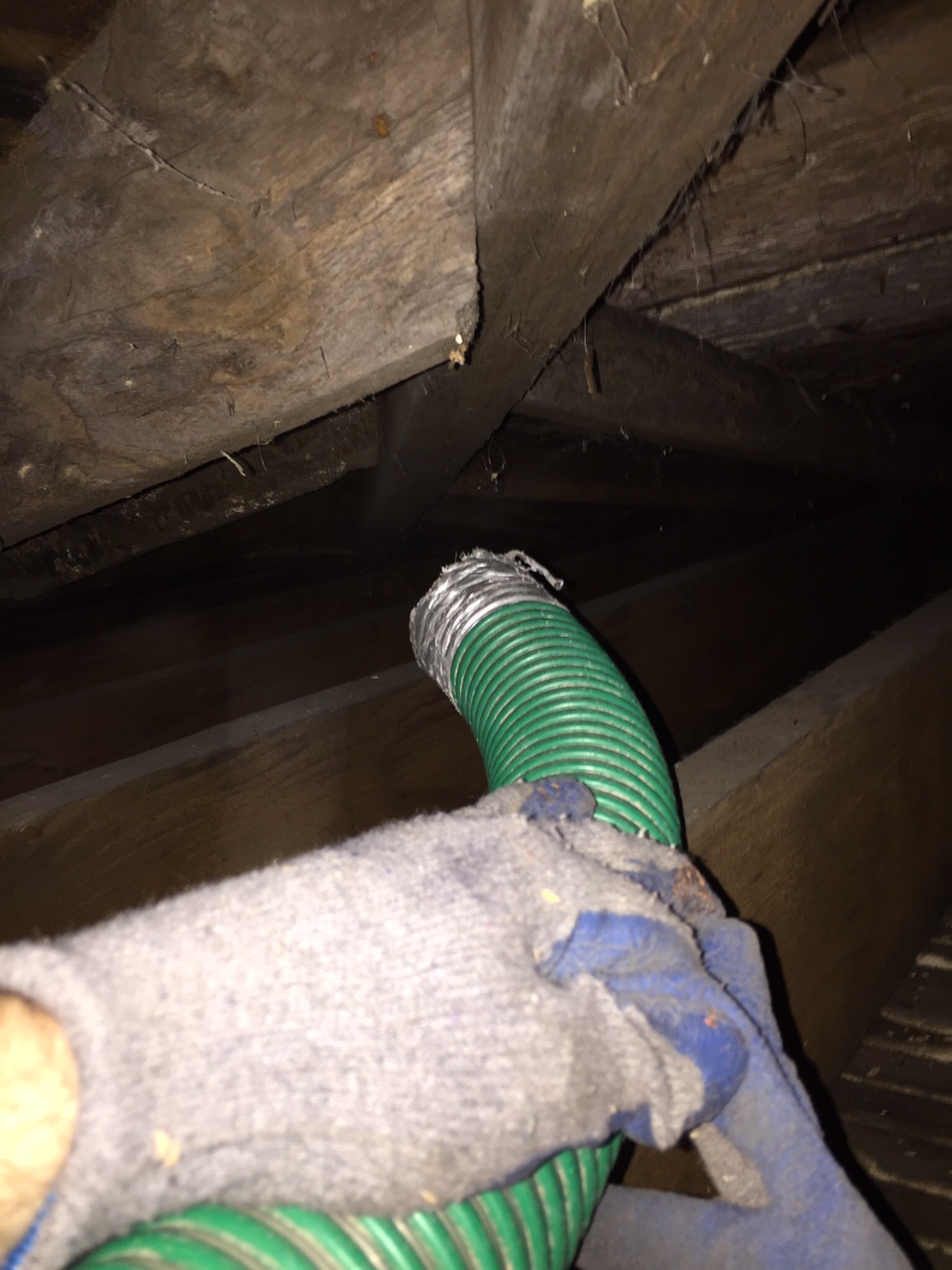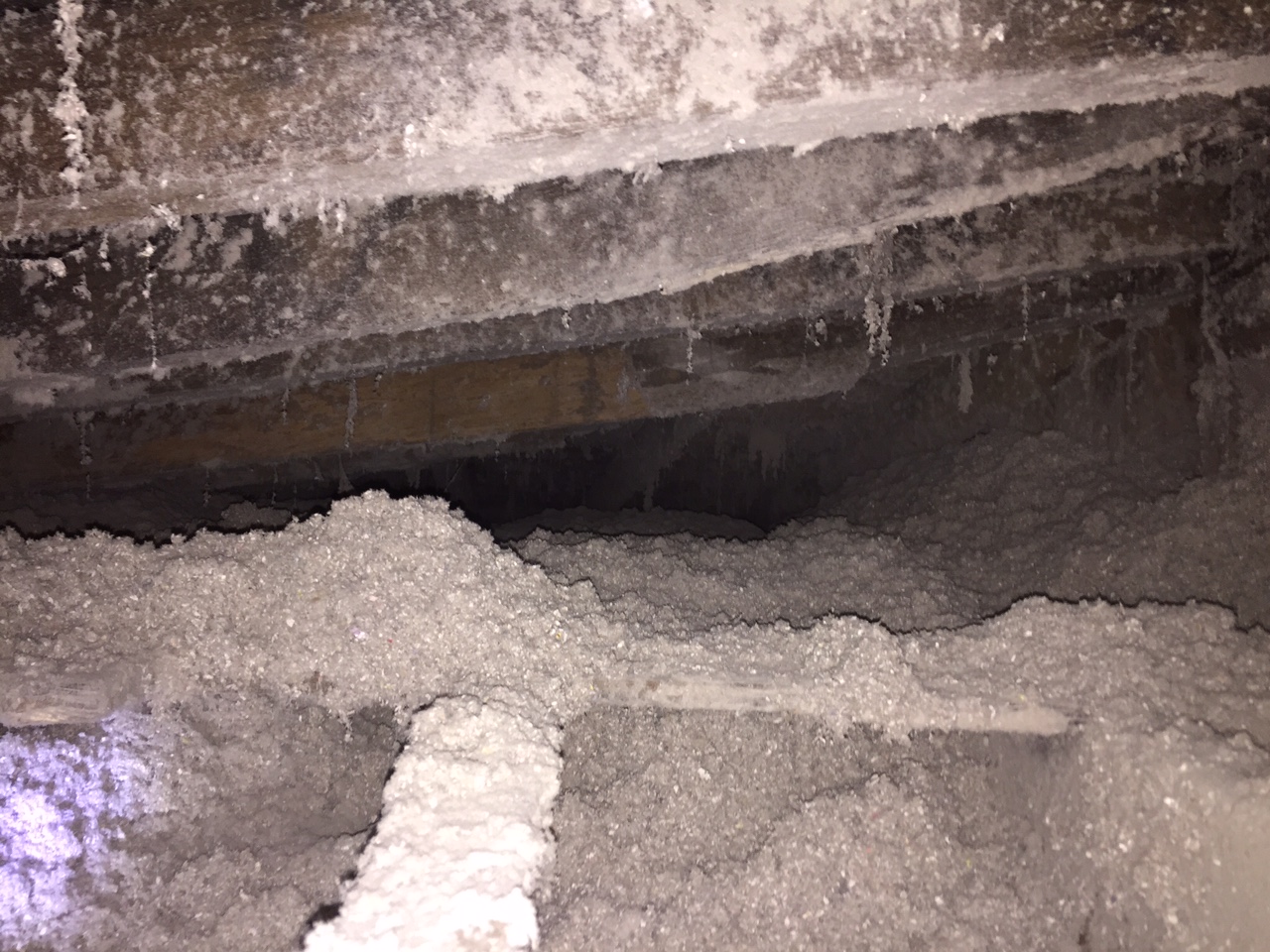The Making of a TV Room
A TV room....what makes a TV room? The obvious answer would be "a TV" but here at the farm we take our small modern pleasures seriously. So, what makes OUR tv room a tv room? The answer is... copious amounts of thermal insulation to make it warm and cozy, huge sheets of rubber acoustic insulation to make it quiet, enough data cables and lines to make it look like we have a nest of skinny snakes in the walls and of course, a free standing popcorn maker. We may have jumped the gun on the popcorn maker, but seeing it's box offers incentive to finish the room. The TV room has been one of the most complicated spaces for us because it has lots of architectural detail to work around, and with the walls and ceiling open it provided opportunity to upgrade and run wiring, heat ducts and plumbing lines to several areas.... Never fail to take advantage of an open wall or ceiling. This past weekend as the snow was falling outside and the car was getting harder and harder to see under the drifts, we decided it was time to start closing things back up.
The view from the TV room while we were working. Our mini orchard will probably go in this area in the spring.
So while mother nature provided ample incentive to stay indoors, we got to work. The first thing to do was make sure all the wiring was clearly labeled so that once the drywall is in we will still know what goes to what. With that done we got down to insulation. Normally when insulating a ceiling the joist spacing is standard and you can just use pre-cut wires that spring in between the joists and hold the insulation up. Our framing is anything but standard so we had to custom cut every single wire, (think thick hard to cut wire) about 200 of them. So the room is split by a beautiful old arch, the outside side of the arch has roof above it, so requires insulation similar to an attic. The inside side of the arch has the second floor above it so requires an interior level of insulation. We used an R-38 fiberglass batt with vapor barrier for the exterior exposed side and an R-13 without vapor barrier for the interior side. We cut the batts to fit snugly (Carol does this with scissors and affords each batt the same level of attention as she would were she making a dress). Graham pretty much stood on the ladder cursing most of the day, not unusual behavior for him. The trick with insulation batts is to get a tight fit so that air cant pass around them, but not to compress them so that they lose insulating ability... not hard, just time consuming, and if you are using the yellow contractor grade stuff, make sure you wear a mask and glasses.

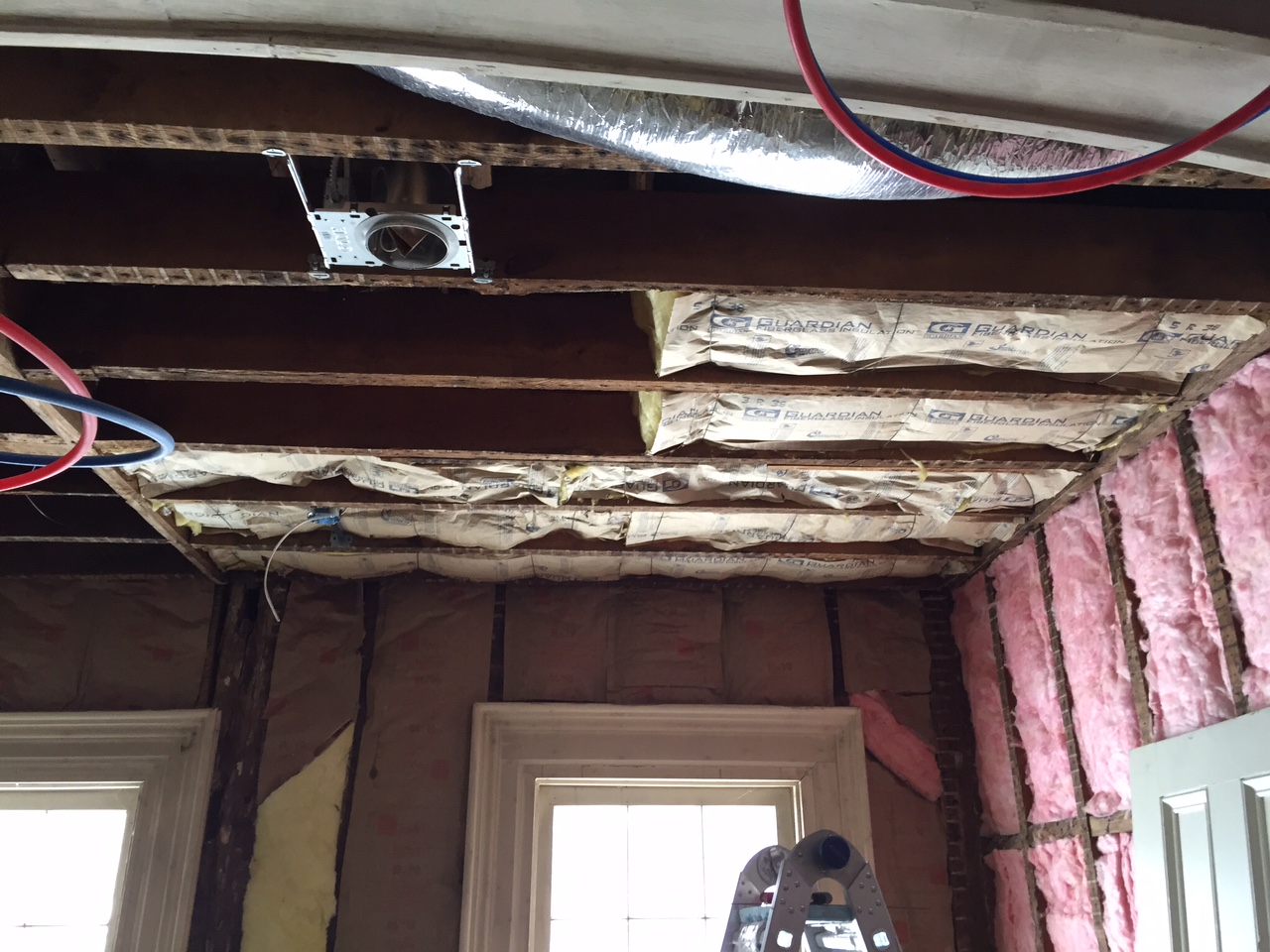
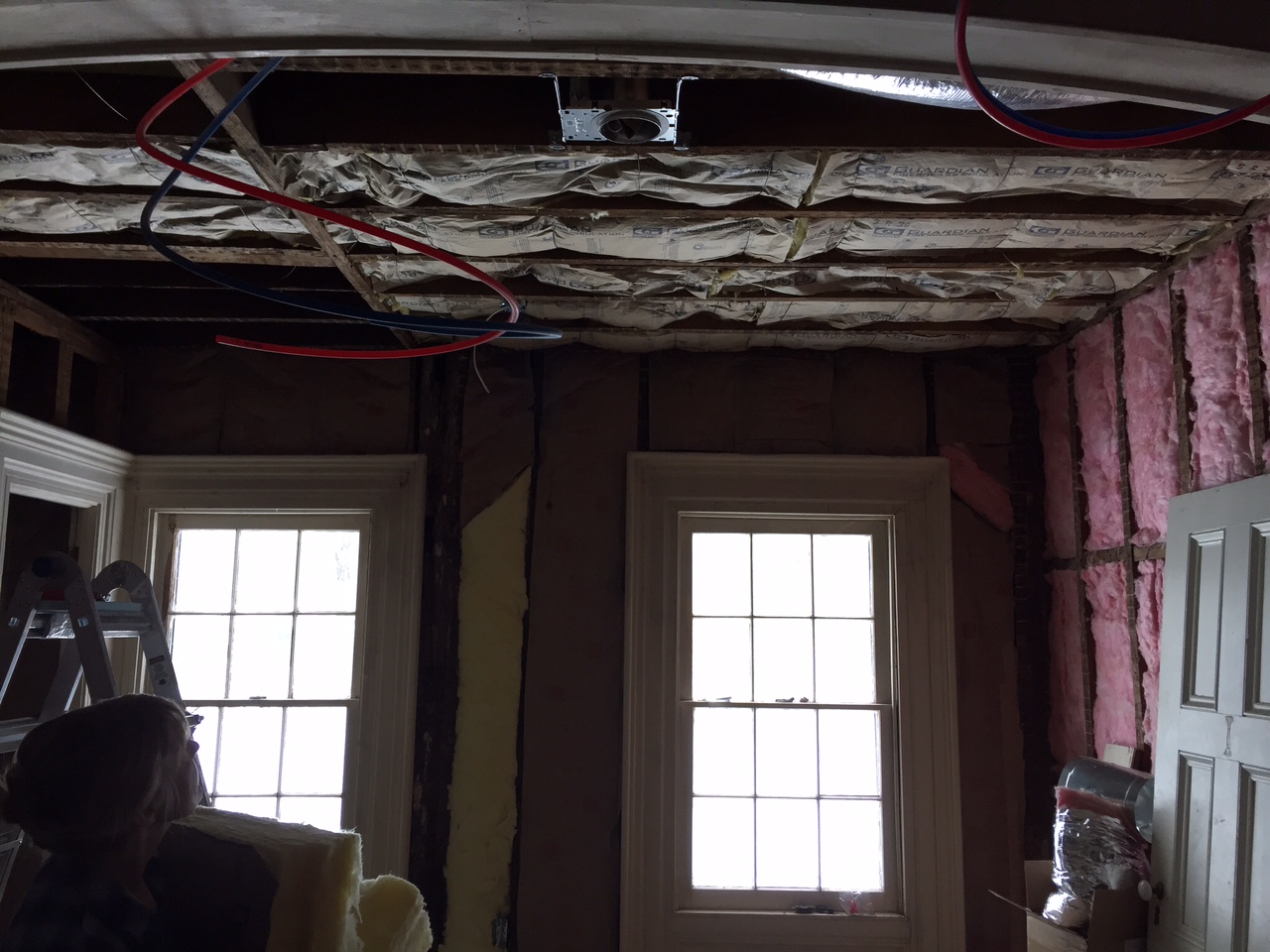
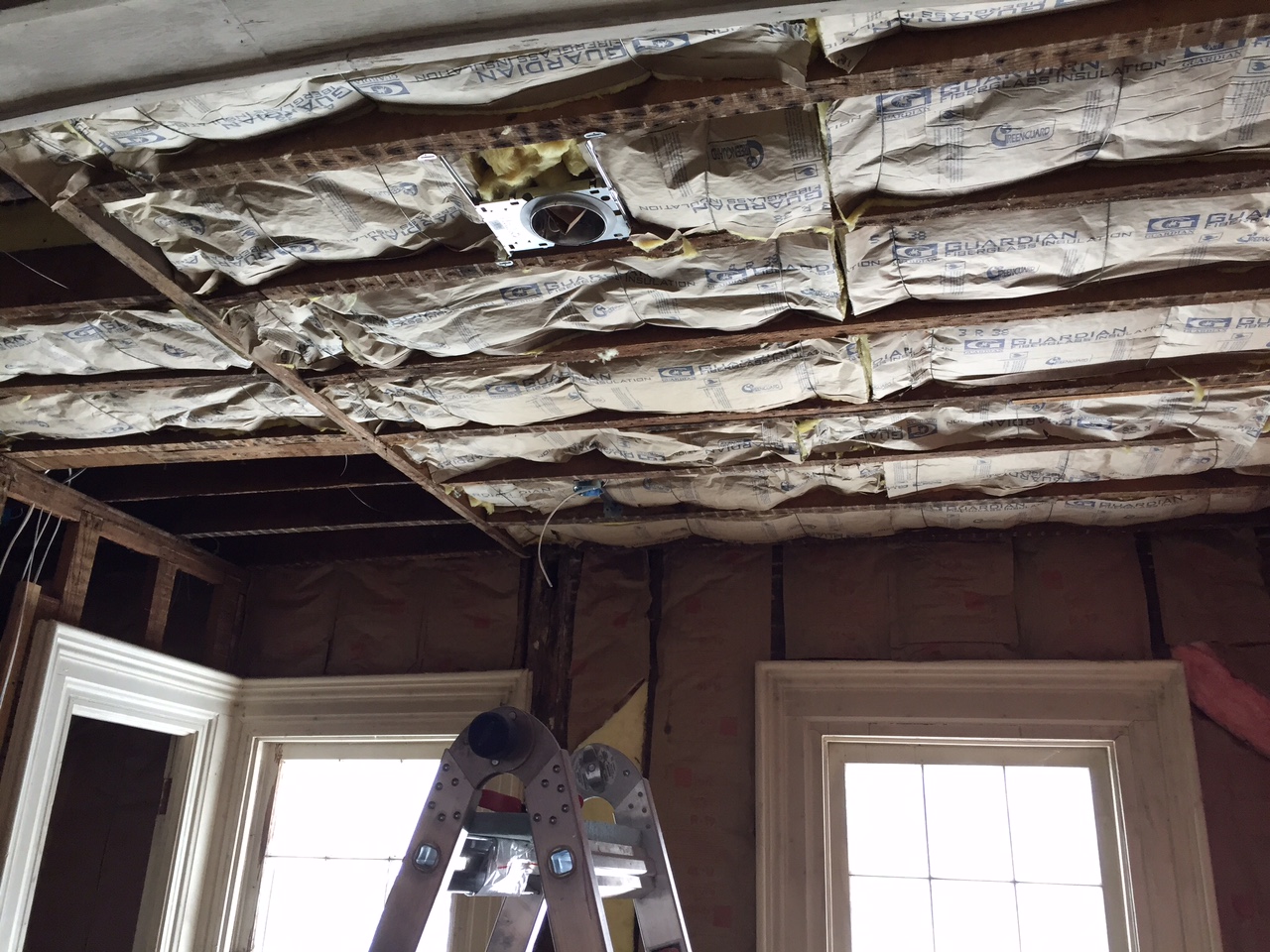
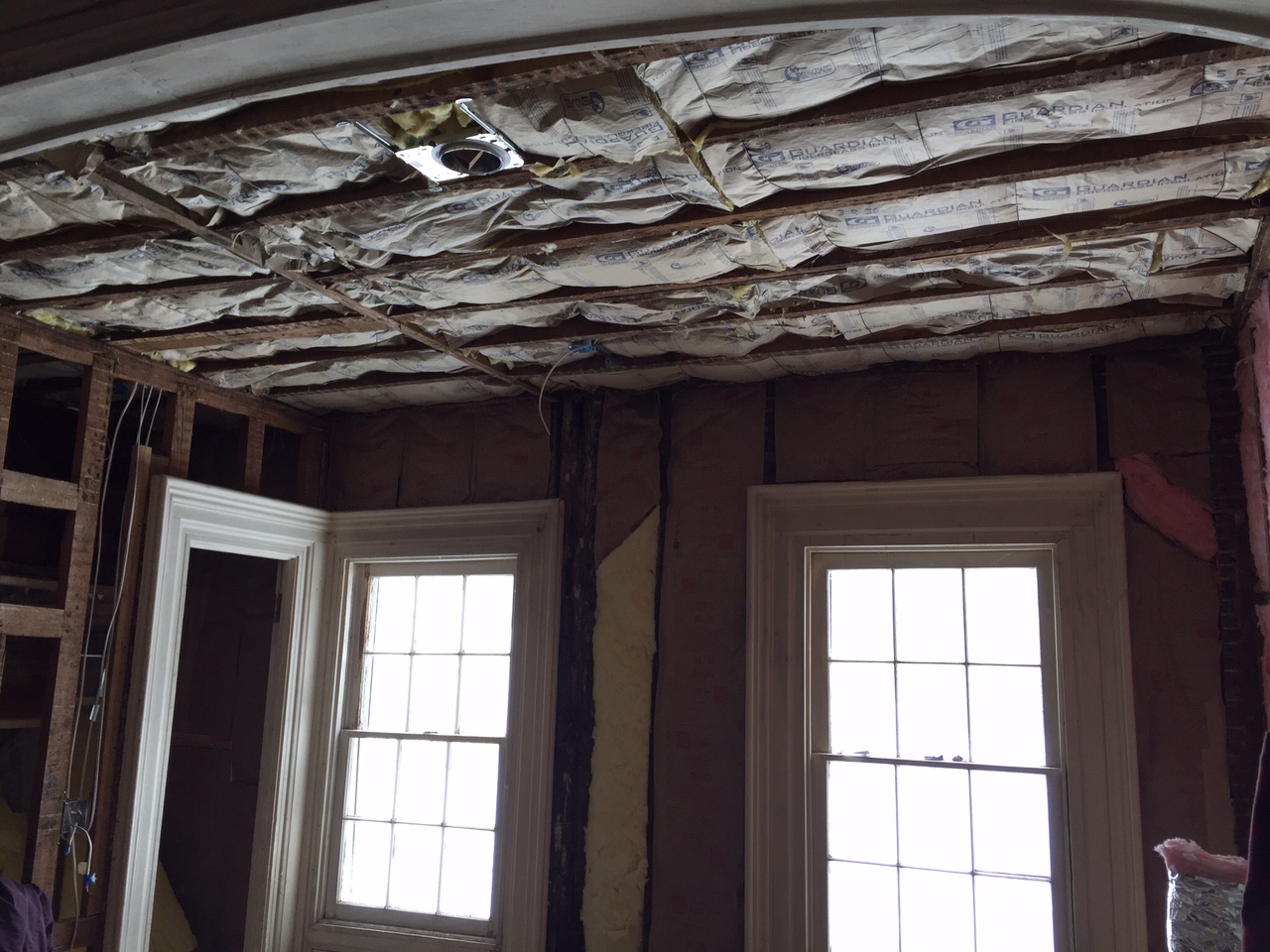
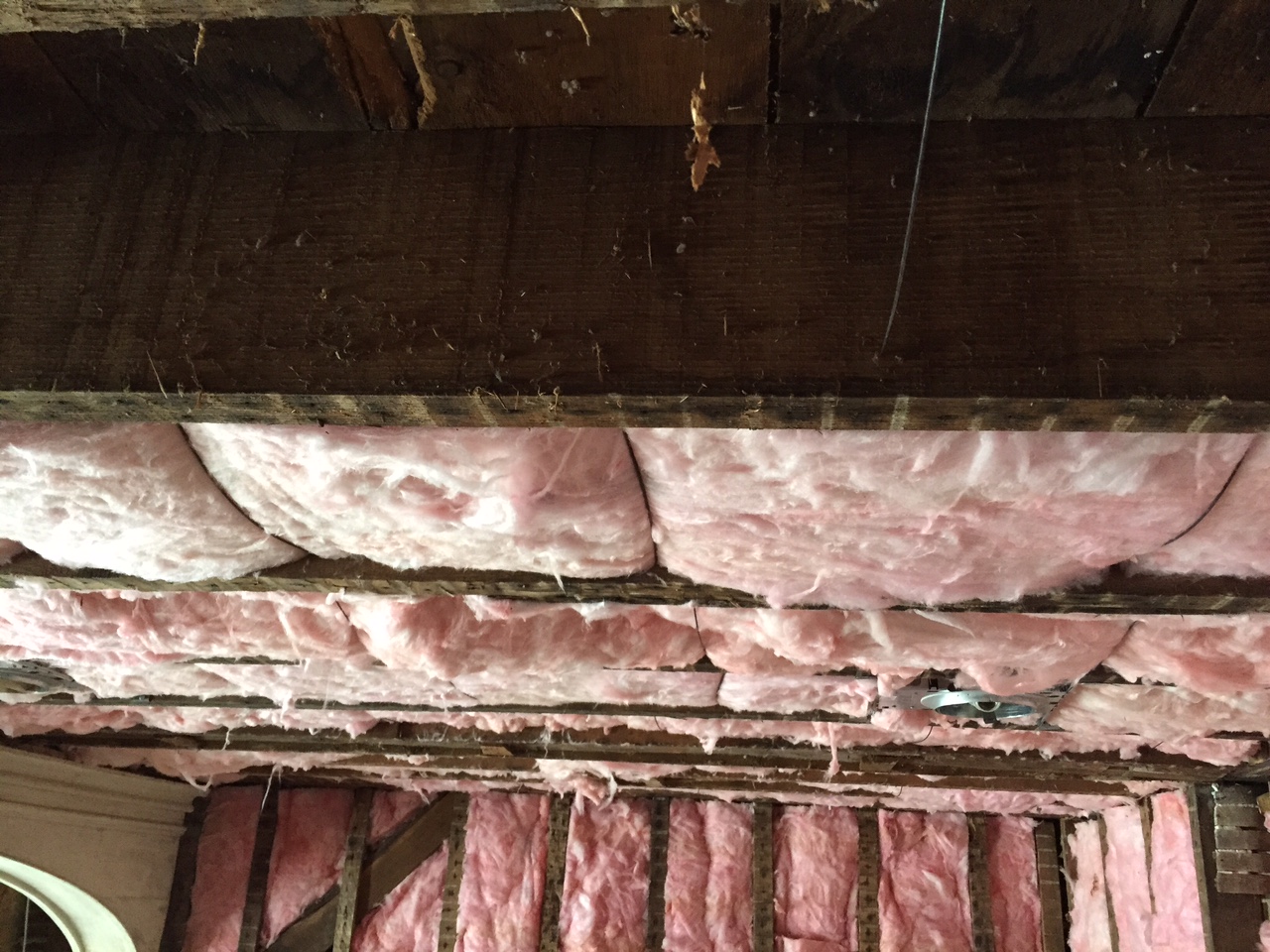
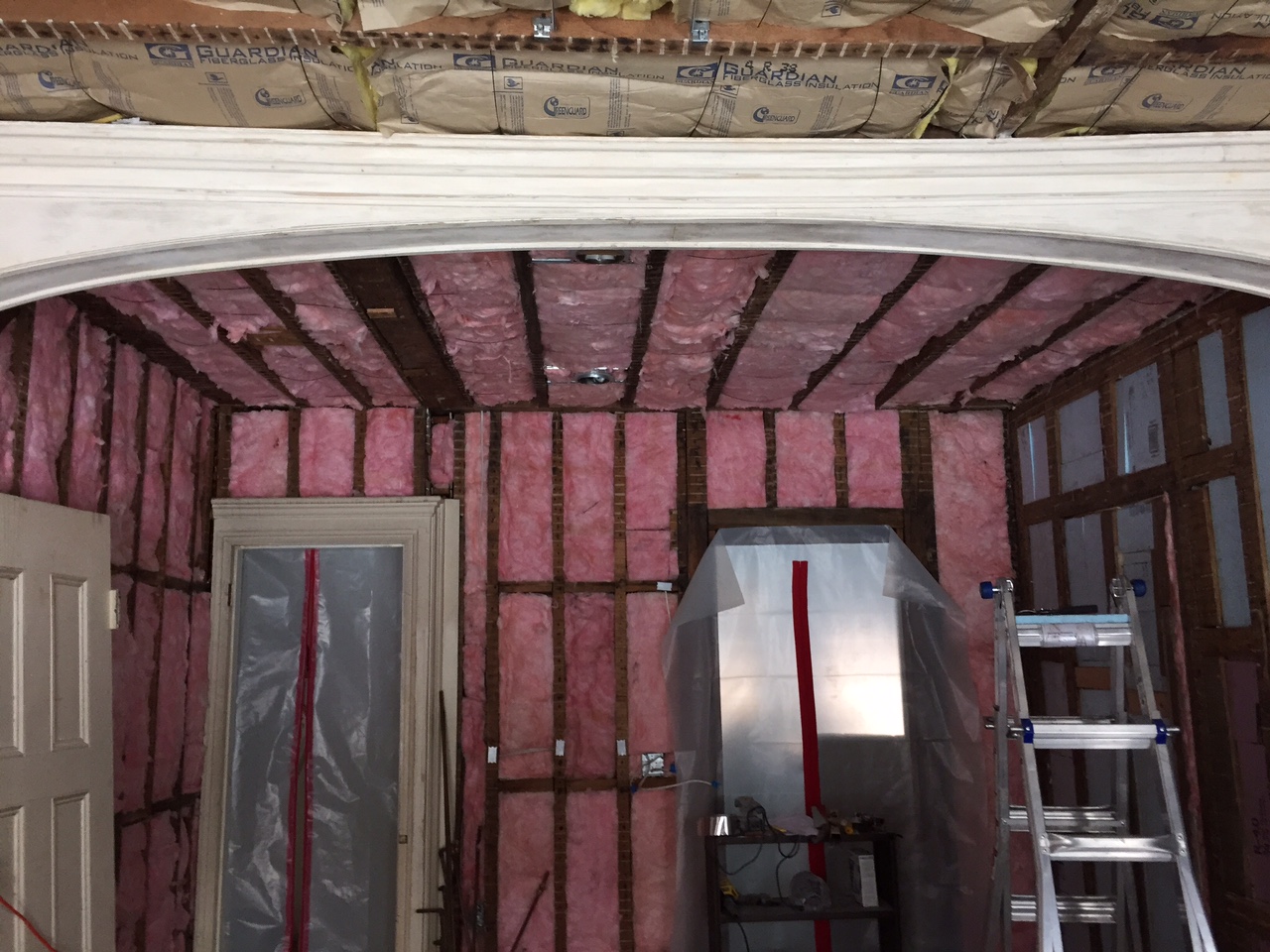
If you look closely at the pics you can see some of the IC rated high hats, they will provide even lighting, but the intent is to put them on a dimmer so that we can get that little theatre experience of the lights going down before the show. With the room insulated and immediately warmer and more comfortable to work in, it was time to run the data lines. Things are moving more and more wireless, but we still wanted to have enough HDMI/composite/Cat6/optical cables to be able to put things in the tech closet and not have to have visible wires hanging down from the TV. It was not too hard, just a matter of ordering a bunch of 10' cables and running them through the wall so that eventually they can be hooked to boxes which will be behind the TV and behind the cabinet where the electronics will be stored. A little planning here should (fingers crossed) save us trouble down the road.
Now for the fun part, the acoustic matting. This stuff is dense, and heavy and it does not want to unroll. It really just takes some practice, and thankfully it cuts easily. Our system was to unroll it up the wall and staple the top edge and then work our way down. We used 1/2" staples, anything shorter just ripped out under the weight. Once the matts were up we went over the seems with high quality duct tape. The drywall will go right over it just like a normal installation.
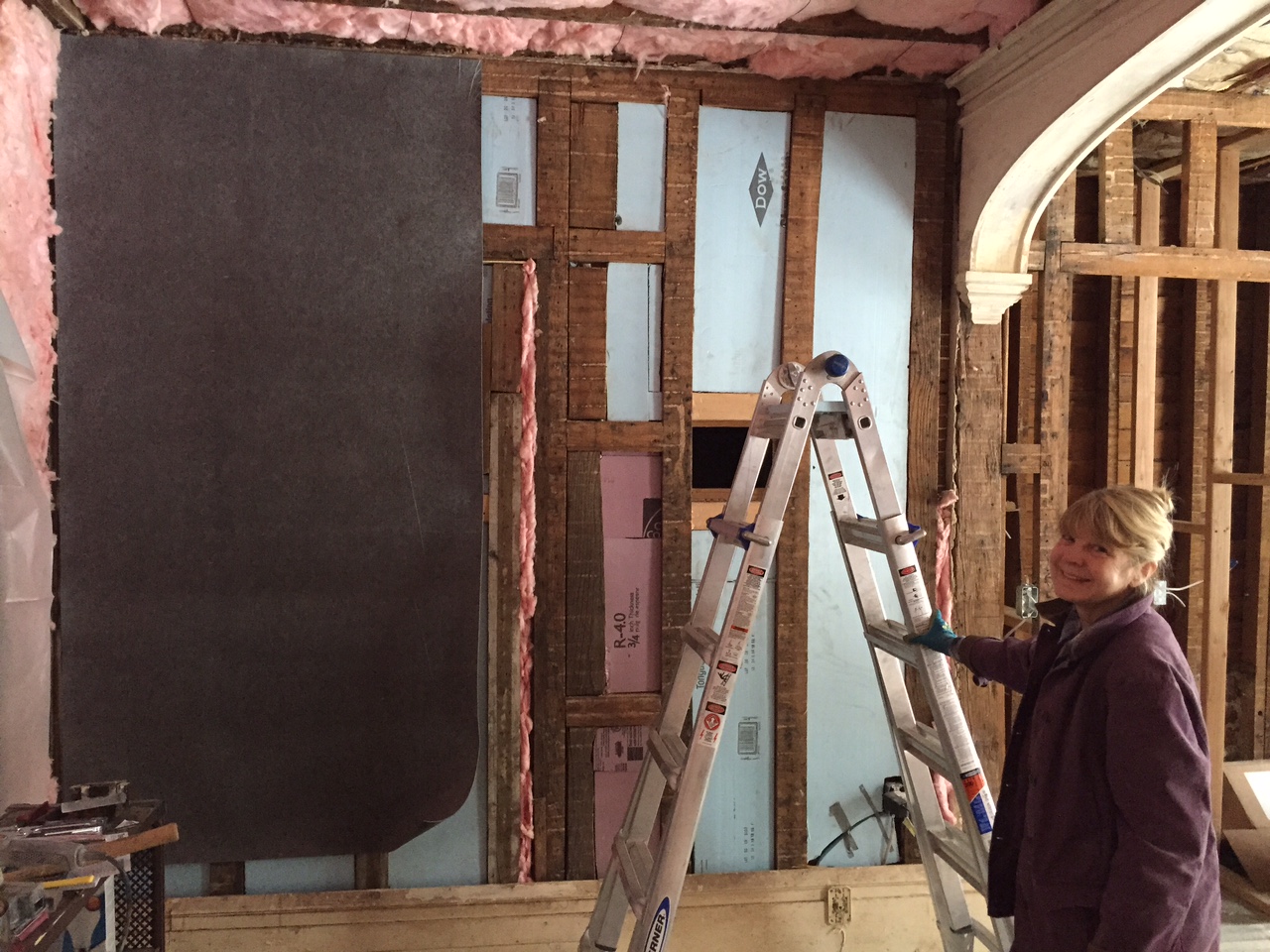
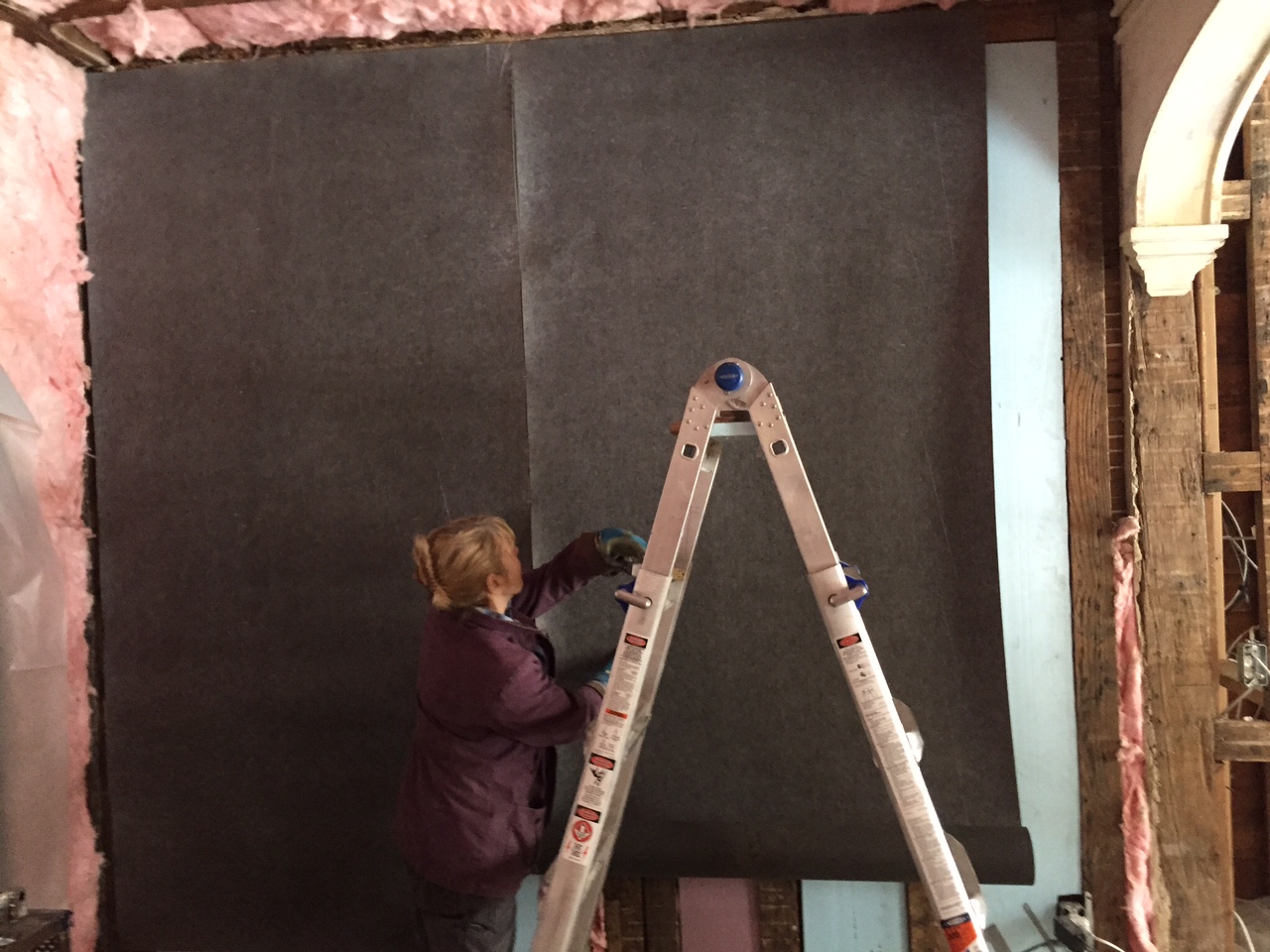

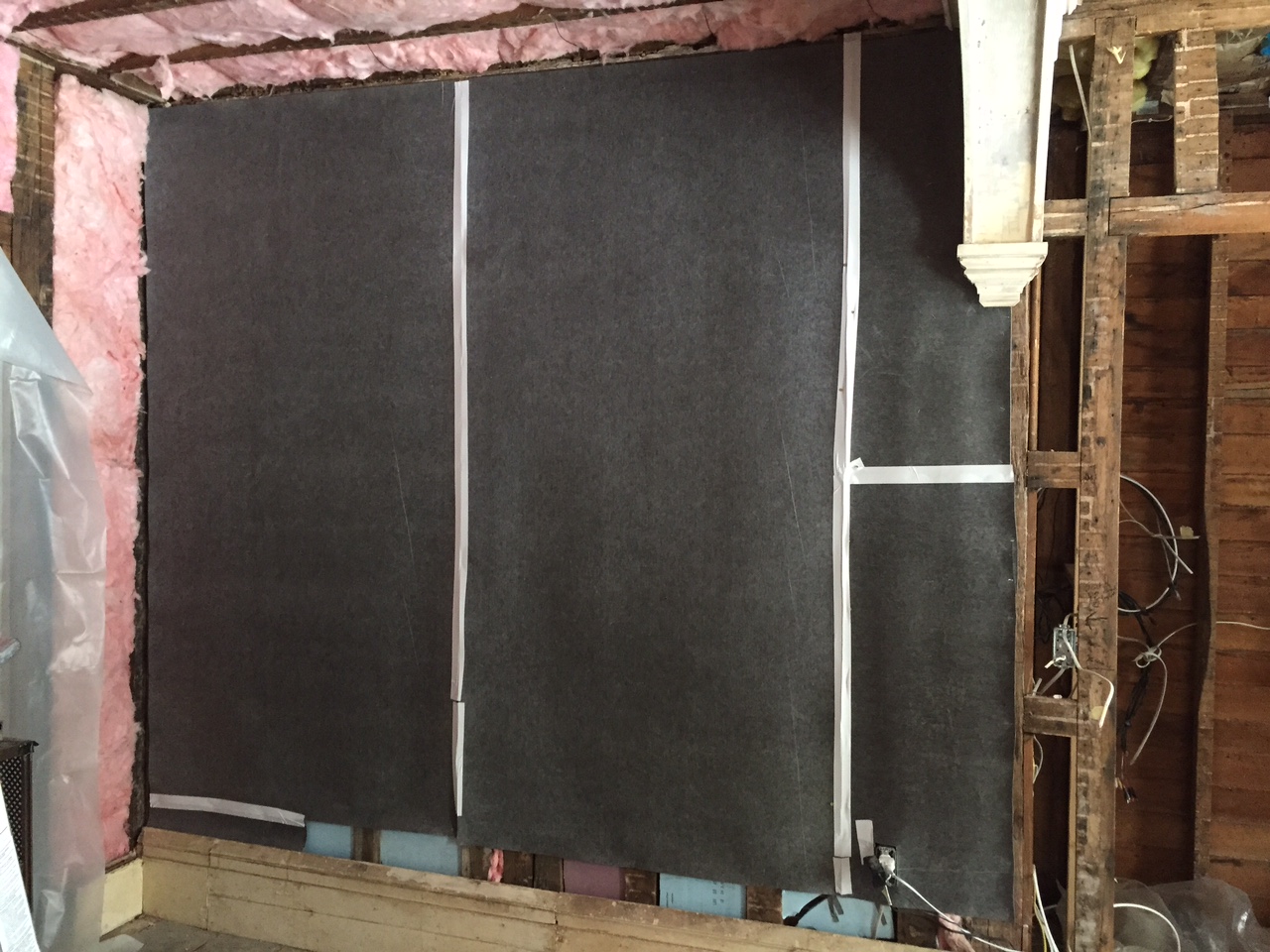
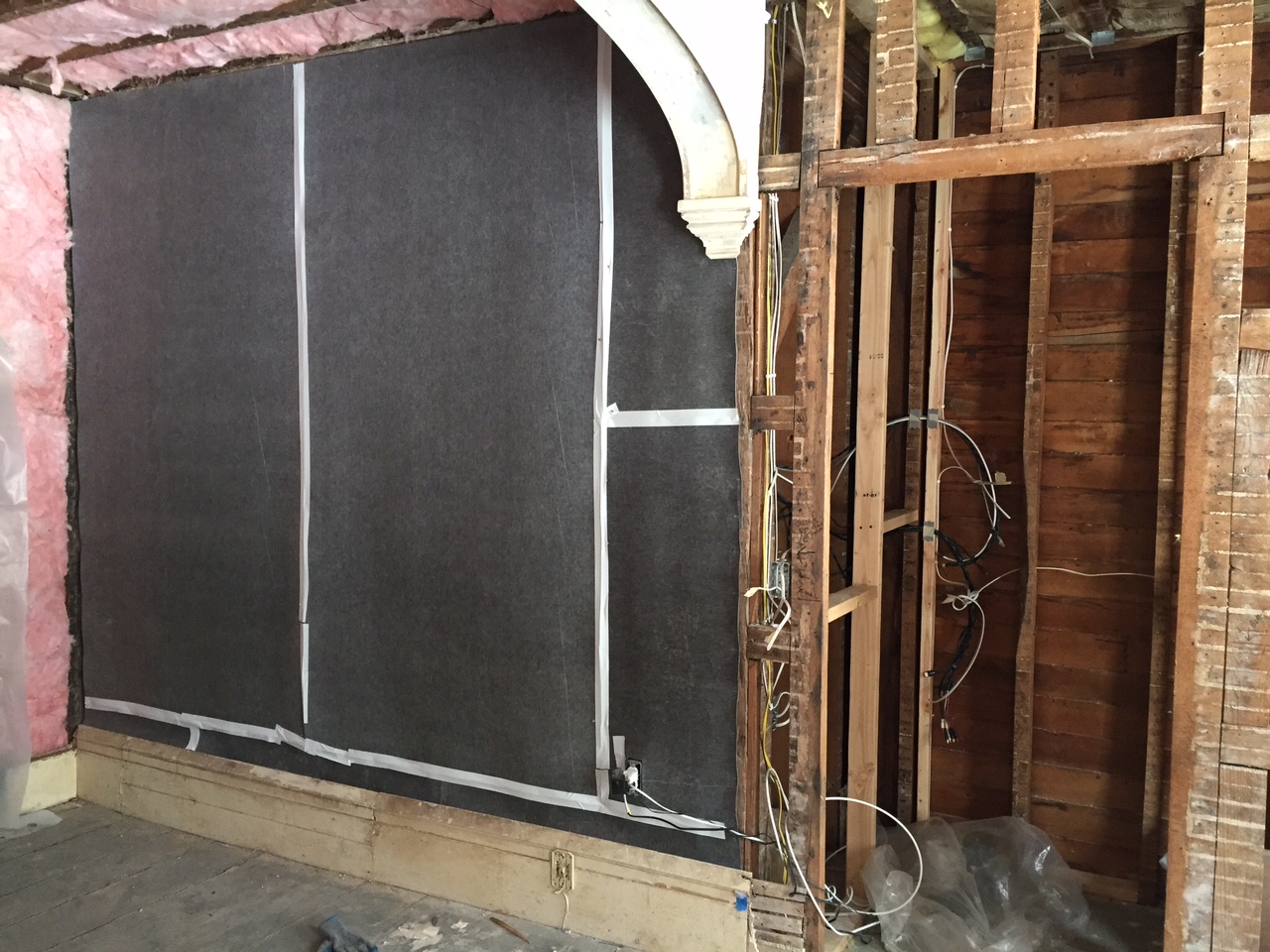
So, what makes a tv room a tv room??? A whole lot of advance planning. Can't wait till we can kick back and watch a movie in here.

